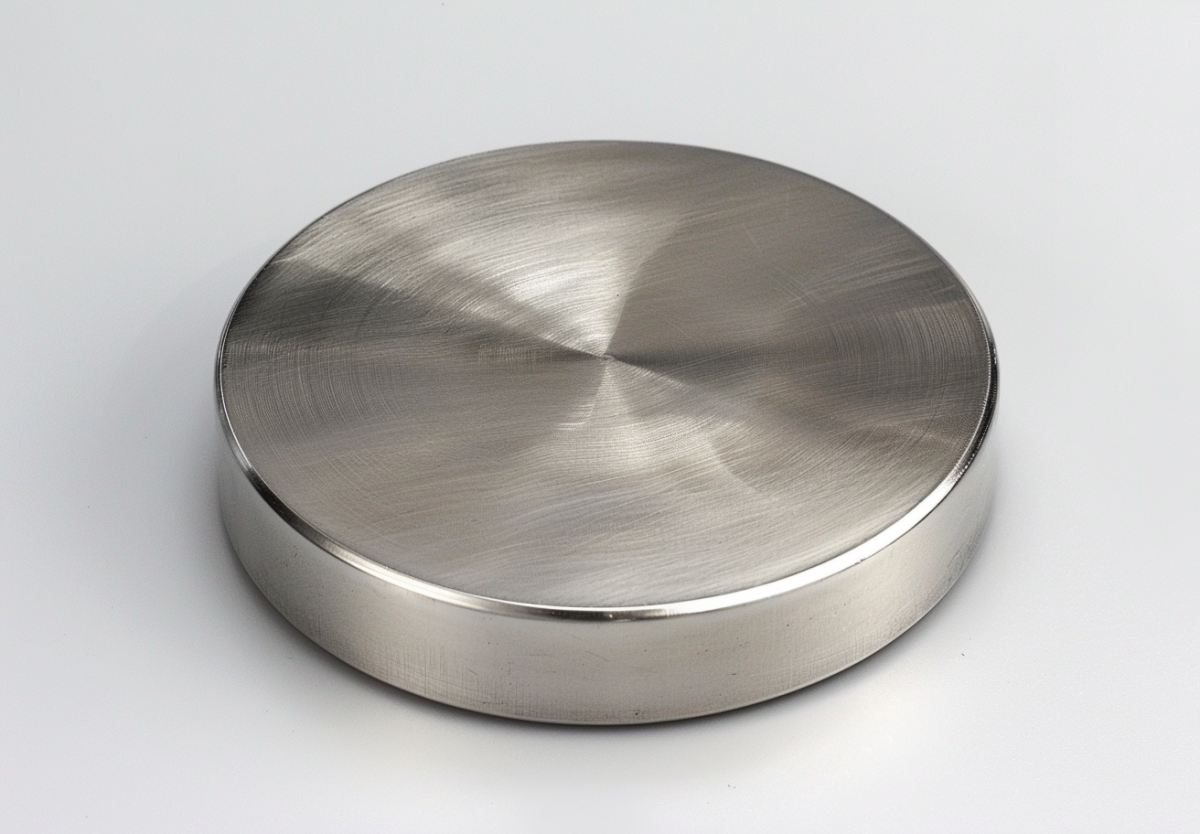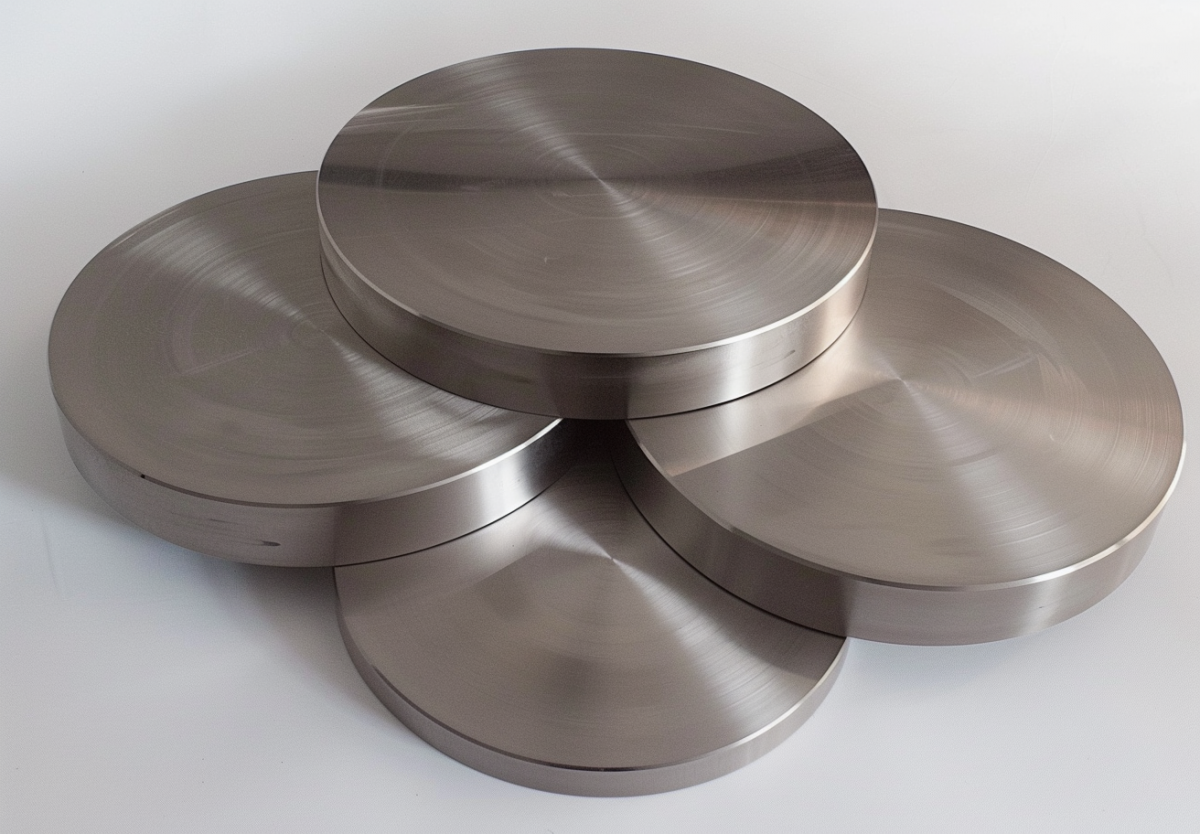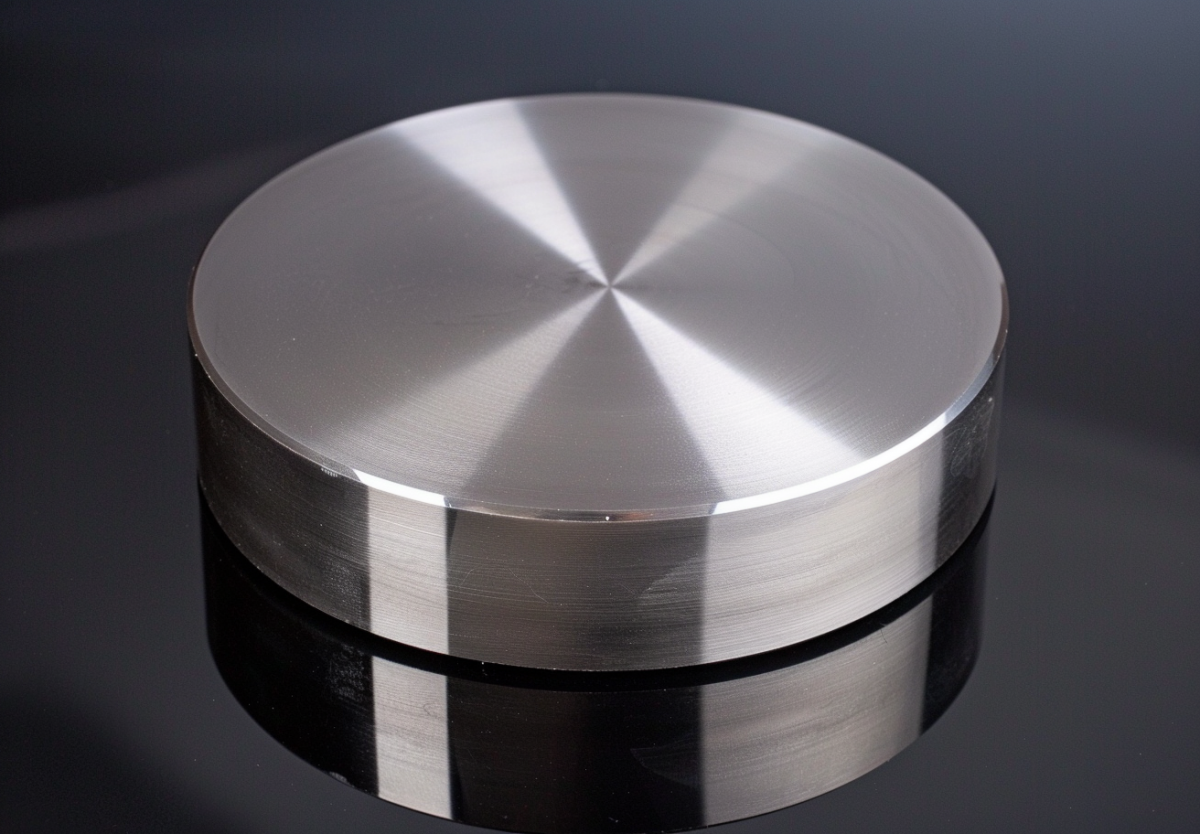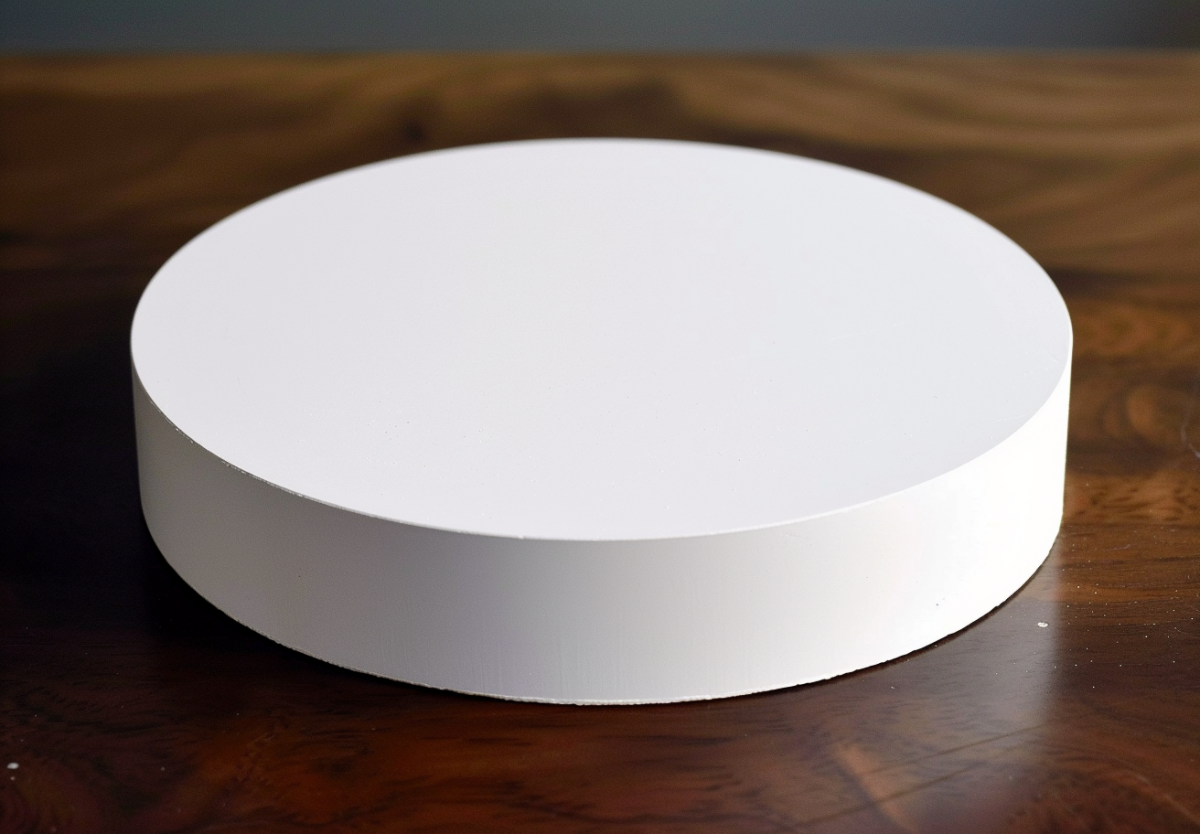Introduction
Nickel (Ni) is a transition metal that is widely used in a variety of industrial applications, including electronics, aerospace, and chemical processing. One of the most critical uses of nickel is in thin film deposition through sputtering. Nickel sputtering targets are highly valued for their excellent properties, particularly their ability to withstand high temperatures during the sputtering process. This article explores the importance of nickel sputtering targets in high-temperature applications and highlights why nickel is a material of choice for industries that require high thermal resistance.
For a more detailed overview of various materials used in high-temperature sputtering, check out the article Top 10 Sputtering Target Materials That Can Withstand High Temperatures.
Key Properties of Nickel Sputtering Targets
Nickel sputtering targets are specifically designed to perform in high-temperature environments, and their properties make them an excellent choice for a range of applications:
- High Melting Point: Nickel has a relatively high melting point of 1455°C (2651°F), which allows it to maintain stability under the high-energy bombardment typical in the sputtering process.
- Thermal Conductivity: Nickel exhibits good thermal conductivity, which helps distribute heat evenly across the target during sputtering, preventing hot spots and maintaining consistent film quality.
- Corrosion Resistance: Nickel forms a protective oxide layer when exposed to air, which provides excellent resistance to corrosion. This property is especially important for processes that occur in reactive atmospheres or where long-term stability is essential.
- Strength and Durability: Nickel’s strength and toughness make it resistant to deformation under high temperatures. This enhances the durability and lifespan of the sputtering target, reducing the need for frequent replacements.
Importance of High-Temperature Resistance in Sputtering Targets
Sputtering is a process in which a target material is bombarded with ions, causing the material to eject atoms that then deposit onto a substrate. The sputtering process generates significant heat, which can cause degradation in materials that are not heat-resistant. The high-temperature properties of nickel-sputtering targets are essential for the following reasons:
- Maintaining Structural Integrity: Nickel’s high melting point ensures that it does not melt or deform during the sputtering process, even when subjected to high-energy ion bombardment.
- Uniform Film Deposition: A stable target helps produce uniform and high-quality thin films. Nickel’s ability to withstand high temperatures without significant degradation ensures consistent performance throughout the deposition process.
- Extending Target Lifespan: High-temperature resistance contributes to a longer lifespan for nickel sputtering targets, reducing the frequency of replacements and making the sputtering process more cost-effective.
Applications of Nickel Sputtering Targets
Nickel sputtering targets are widely used in industries that require thin films with excellent heat resistance, such as:
- Semiconductor Industry:
Nickel is used in the production of thin films for semiconductor devices, including capacitors, transistors, and resistors. The high thermal stability of nickel ensures reliable performance in electronic components that operate in high-temperature environments. - Solar Cells:
Nickel sputtering targets are used to create conductive layers on photovoltaic cells. The high-temperature stability of nickel ensures that the solar cells remain efficient and durable, even under intense sunlight and temperature fluctuations. - Magnetic Coatings:
Nickel sputtering targets are critical in the production of magnetic thin films used in data storage devices, such as hard drives, as well as in magnetic sensors and actuators. These films need to maintain magnetic properties even at elevated temperatures. - Protective Coatings:
Nickel is often used for protective coatings in harsh industrial environments. Its resistance to corrosion and high temperatures makes it ideal for coating components that are exposed to heat, such as in aerospace and automotive industries. - Decorative Coatings:
Nickel sputtering targets are also used to produce decorative coatings on consumer goods, such as watches and jewelry. These coatings provide both aesthetic appeal and resistance to wear, ensuring that products maintain their appearance and functionality over time.
Why Choose Nickel Sputtering Targets for High-Temperature Applications?
Nickel sputtering targets offer several key advantages when used in high-temperature applications:
- Thermal Stability: Nickel’s ability to withstand high temperatures ensures that sputtering targets maintain their integrity and performance throughout the deposition process.
- Corrosion Resistance: Nickel’s natural resistance to oxidation and corrosion ensures that sputtering targets are reliable and durable, even when exposed to reactive gases or harsh environments.
- Extended Target Life: The high thermal and mechanical strength of nickel extends the life of sputtering targets, reducing the frequency of replacement and improving the overall cost-effectiveness of the sputtering process.
Conclusion
Nickel sputtering targets are essential materials in high-temperature applications due to their exceptional thermal stability, corrosion resistance, and durability. From semiconductor manufacturing to protective coatings, nickel’s ability to withstand extreme conditions ensures consistent, high-quality thin films for a variety of industries.
For a broader view of materials that excel in high-temperature sputtering, refer to the article Top 10 Sputtering Target Materials That Can Withstand High Temperatures, where we discuss other materials that also offer outstanding performance under high heat.
At Stanford Advanced Materials (SAM), we provide high-quality nickel sputtering targets designed for superior performance in high-temperature applications. If you’re looking for reliable and durable sputtering targets, don’t hesitate to contact us for more information.




